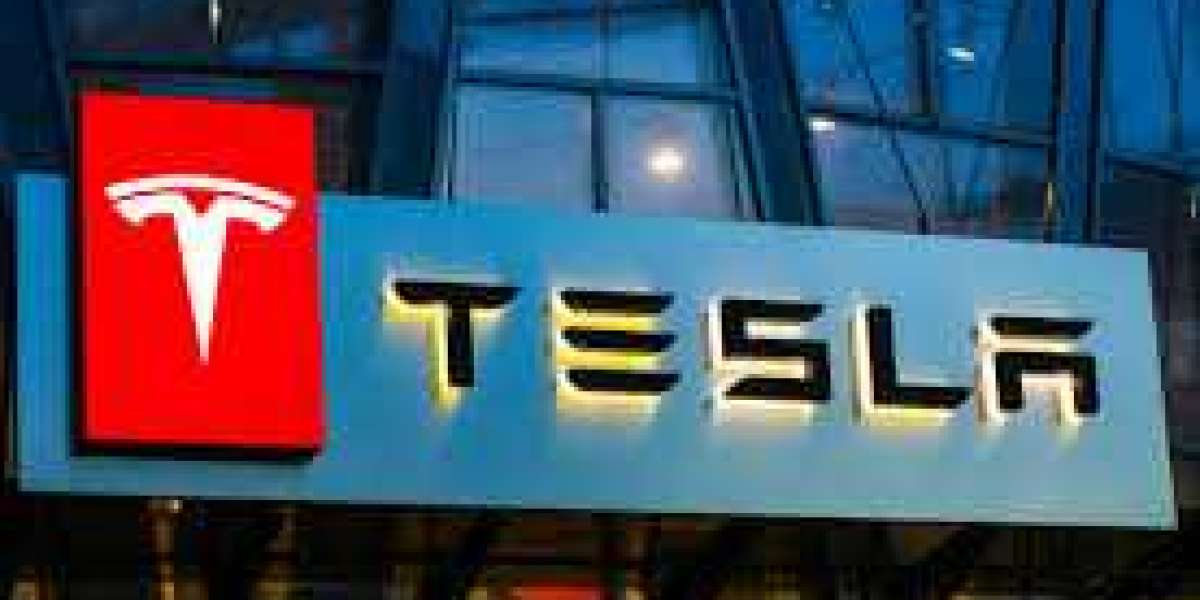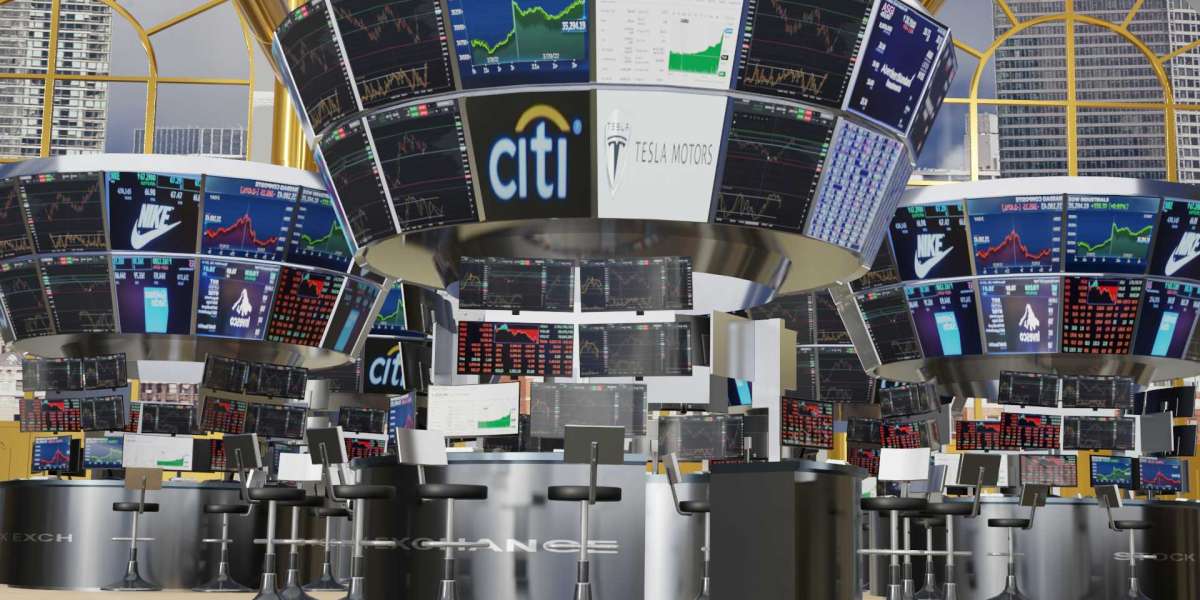Just recently, Tesla delivered yet another year of beating Wall Street delivery estimates. In 2021, Tesla delivered a total of 936,172 vehicles. This massive surge of deliveries came from the fourth-quarter deliveries being 308,600. Tesla has yet to release its fourth-quarter earnings but has released delivery numbers which can be used as a guide for expectations.
This year, Tesla expects to open two new Gigafactories in Texas and Berlin which should increase vehicle production by a monumental amount. This would add to its Shanghai and Fremont factories that produce hundreds of thousands of vehicles, and Nevada that manufactures batteries and other electric vehicle components.
Tesla is finally beginning to show its enormous potential to Wall Street, who had previously doubted Tesla’s possibility of ever succeeding, becoming profitable, and much more.
One of the largest criticisms was that Tesla was only profitable because of EV credits. Although, this is no longer the case as Tesla now makes electric vehicles profitable through large-scale manufacturing processes and subscription-based software packages.

Fundamentals
Tesla’s fundamentals are undoubtedly different from traditional automotive businesses. However, investors cannot forget that Tesla is far more than just an automaker as they have immense software capabilities that bring in excess cash.
In Tesla’s third quarter, they reported over $13.7 billion in revenue, growing 56.8% compared to the same time in 2020. This was driven by more deliveries of their mass-production Model 3 and Y vehicles, while also deploying energy storage solutions and other services.
Net income for Tesla continues to climb, just recently reaching over $1.6 billion, representing a staggering growth rate of 388.8% year over year.
For continued profitability, Tesla has subscription-based services, one-time paid services, and recently, insurance that customers can use after purchasing their vehicle.
Tesla insurance is a new service in the line-up that monitors how individuals drive, then provides a “Safety Score” to give more accurate pricing to drivers who are more responsible than others. This way, insurance is more affordable for the customer and allows a wider margin of profitability for Tesla by appropriately weighing risk.
Overall, Tesla’s fundamentals are strong and continuing to grow stronger over time as they manufacture more EVs in a rapidly growing industry.
Valuation
Tesla’s valuation has been debated amongst investors for a long time, most notably when it reached a $1 trillion market cap.
Two of the most notable financial ratios to use for Tesla’s valuation are price-to-earnings (P/E) and price-to-sales (P/S). Right now, Tesla’s P/E ratio sits at 332 which is very high considering its current market cap. The P/S ratio doesn’t look much better, sitting at over 28.5.
Despite the high valuation, investors continue paying a premium on TSLA stock. There are a couple of reasons for this.
For one, Tesla remains a leader in the EV industry. In terms of manufacturing, software, and efficiency capabilities, Tesla also ranks the highest against competitors.
For reference, General Motors (GM) is considered one of Tesla’s competitors, although they only delivered 26 EVs in the fourth quarter of 2021. Yes, you read that right. This is because consumers prefer a Tesla over any other EV. The proof is in the numbers as Tesla continues to sell more and more EVs worldwide than any other automaker.
Secondly, Tesla operates and continues to grow a supercharger infrastructure network of over 30,000. This is incredible by itself as no automaker owns all of its gas stations, yet Tesla owns a monumental amount of charging stations.
Investors are being struck with a realization that Tesla is far ahead, leading to the possibility that other automakers face serious execution risks further down the road.

Conclusion
Tesla’s capabilities continue to grow every quarter and more vehicles are delivered than ever before. Consumer demand remains significantly high which contributes to strong revenue and earnings growth. Additionally, consumer sentiment is shifting towards EVs faster than any time before which puts Tesla in the perfect place to capitalize on the growing industry.
Because of the various business segments that continue to grow, investors should recognize that in a few years, Tesla could be making larger sums of capital from other sources of income besides purely automotive. This is why TSLA stock trades at high valuations.
If investors are wanting exposure to the EV industry, TSLA stock is likely the perfect solution as they maintain a diversified business with multiple segments that will all benefit from electric vehicle adoption. Overall, it’s best not to bet against Tesla over the long term, many investors have made that mistake.




